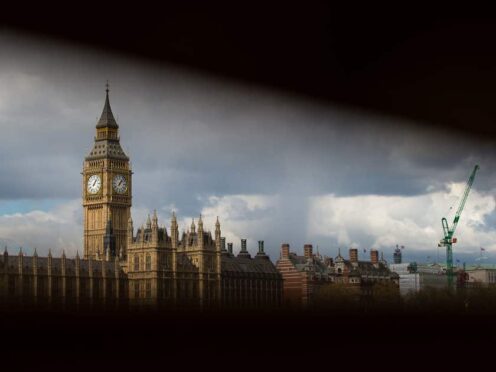At every General Election there are winners and losers. But what are the next steps for those candidates who were previously Members of Parliament but fail to get re-elected?
– When did they stop being an MP?
Parliament was dissolved on May 30 and at that point there ceased to be any MPs until the election took place.
Ministers continue in their roles and remain in post until a new Government is formed.
The dissolution of Parliament took place on Thursday 30 May 2024. All business in the House of Commons and House of Lords has come to an end. There are currently no MPs and every seat in the Commons is vacant until after the general election on 4 July 2024.
— IPSA (@ipsaUK) May 31, 2024
– What happens next for a former MP who failed to be re-elected?
For some, the defeat will be a surprise, for others they will have seen the writing on the wall during the campaign.
There will be several removal vans on the parliamentary estate in the coming days and weeks as the former MPs clear out their offices and make way for the new intake.
It is expected some new MPs will start arriving in Parliament just hours after the results are announced as they begin a new chapter in their lives.
They will eventually be assigned office space in Parliament by their party whips once the areas have been cleared out.
– What help is available to former MPs?
The taxpayer-funded Independent Parliamentary Standards Authority (Ipsa) – which governs MPs’ expenses – supports those candidates who have lost their seat.
Winding-down payments are designed to help departing MPs close their office and manage the departure of staff.
They have up to four months to carry out the necessary tasks.
– How much financial support is there?
Former MPs are entitled to receive a one-off winding-up payment to help them close down their parliamentary affairs.
This is the equivalent of four months of their salary, minus tax and national insurance contributions.
The basic annual salary for an MP is £91,346. The Government’s tax calculator estimates this would mean take-home pay is £63,541.68 – which would suggest four months of salary is about £21,000.
Former MPs are also able to claim for certain costs during the winding-up period, including office rent.
– What is the loss of office payment?
A candidate who loses their seat or stands unsuccessfully in a different seat could also be eligible to receive a loss of office payment.
It is similar to a redundancy payment and is equal to double the statutory redundancy entitlement.
It will therefore vary by individual as it takes into account age as well as length of service.
Ipsa guidelines state a former MP will be eligible for such a payment if they held office for a continuous period of at least two years at the point they lost their seat.
– And what about ministers who lose their jobs in government as a result of the election result?
Regardless of whether an outgoing minister remains an MP or not, they are entitled to receive severance pay, as outlined in 1991 legislation.
This is separate from winding-up payments and loss of office entitlement.
The severance pay amounts to 25% of the annual ministerial salary they were being paid.
